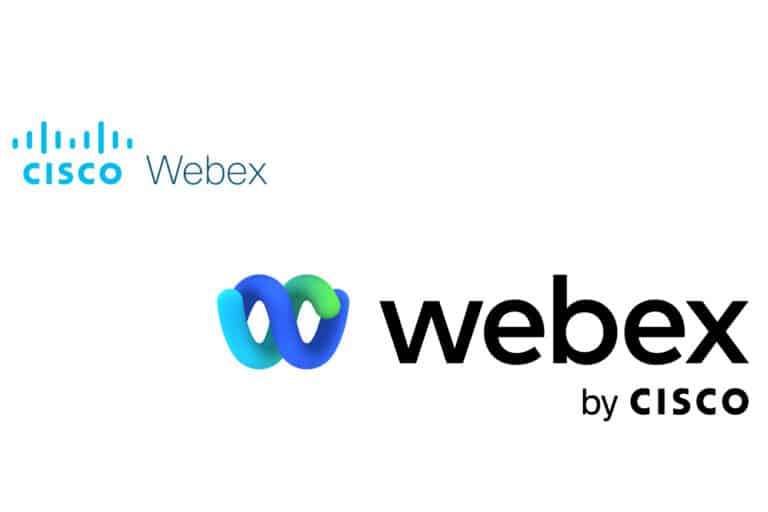Cisco has announced that its proprietary Webex conferencing platform is now Level 3 Adherence compliant with the EU Cloud Code of Conduct. It has undergone an “independent third-party privacy assessment and audit” to achieve the Level 3 checkmark.
The EU Cloud CoC is a comprehensive set of rules of conduct for online platforms. It covers everything from data processing within the EU to providing transparency on all user data processes.
At this point, it is unsurprising that Cisco is the first to achieve this level of compliance. For example, it started in early 2020 with the retention of user-generated content and personal data within the EU, which many online platforms are still struggling with. Late last year, it announced that it had achieved full data residency within the EU.
Initiated by Cisco and others
“Webex by Cisco is the first collaboration platform to meet the highest level of the EU Cloud Code of Conduct, and we are proud of that,” reveals VP and CPO at Cisco Harvey Jang. “With Webex, customers worldwide can confidently count on compliance with strict, internationally recognized privacy and security standards, while benefiting from an exceptional hybrid work solution.”
So Cisco is getting in early. Oracle is also working hard with EU Sovereign Cloud to keep data within the EU, in that case with the entire cloud service.
Tip: Oracle launches EU Sovereign Cloud that keeps data within Europe
Control
Cisco talks about a “two-gate check” it passed. For example, after privacy testing, it has undergone verification by SCOPE Europe, which helps parties achieve compliance.
“It is nice to see the EU Cloud CoC, three years after its adoption, having an increasing impact on the implementation of the AVG in the cloud,” states Gabriela Mercuri, Managing Director of SCOPE Europe. “Cisco Webex’s Level 3 compliance is an excellent example of how a multi-layered approach adds value. It allows technical and organizational measures to be aligned, while providing the necessary flexibility. This contributes to effective compliance with data protection standards in the cloud.”
